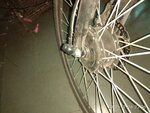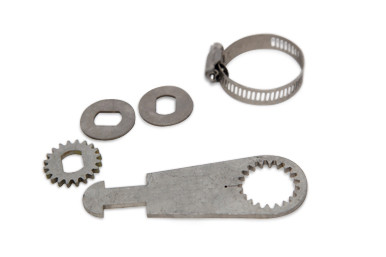Arvind
New Member
Hello.
I have 250 w ( 250 w continuous and 540 w peak ) front hub motor conversion kit installed on Giant Roam 3 Disc 2018 model. My bike has alloy or aluminium ( not sure ) suspension fork. But the fork is not made up of steel for sure. So for safety purpose I want to install torque arm on each side of the fork from Grin named TorqueArmV3.
But there is not enough spacing on the axle of the motor. How to solve this issue?
Is torque arm really necessary for such a setup?
Thanks.
I have 250 w ( 250 w continuous and 540 w peak ) front hub motor conversion kit installed on Giant Roam 3 Disc 2018 model. My bike has alloy or aluminium ( not sure ) suspension fork. But the fork is not made up of steel for sure. So for safety purpose I want to install torque arm on each side of the fork from Grin named TorqueArmV3.
But there is not enough spacing on the axle of the motor. How to solve this issue?
Is torque arm really necessary for such a setup?
Thanks.
Attachments
Last edited:





